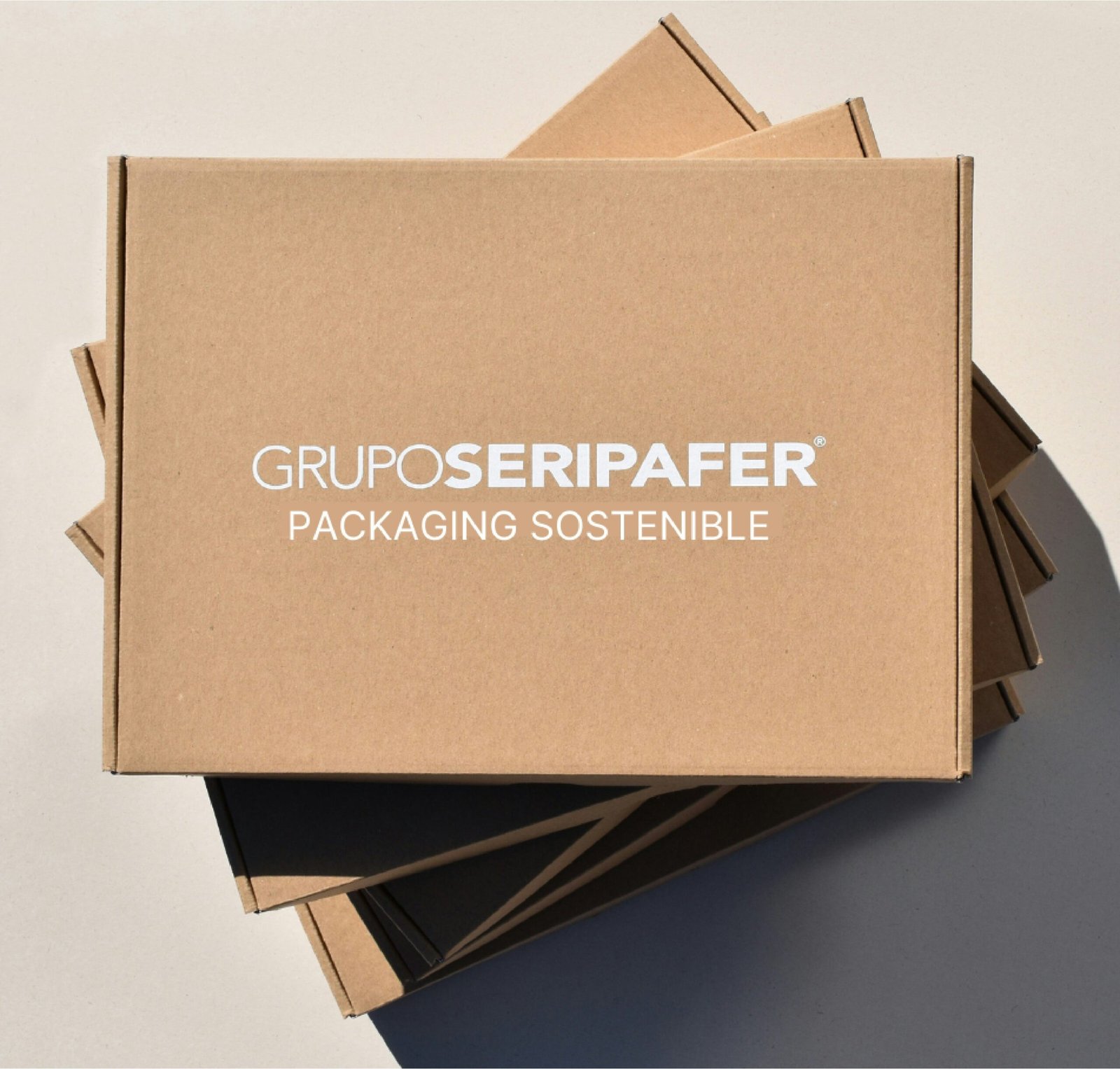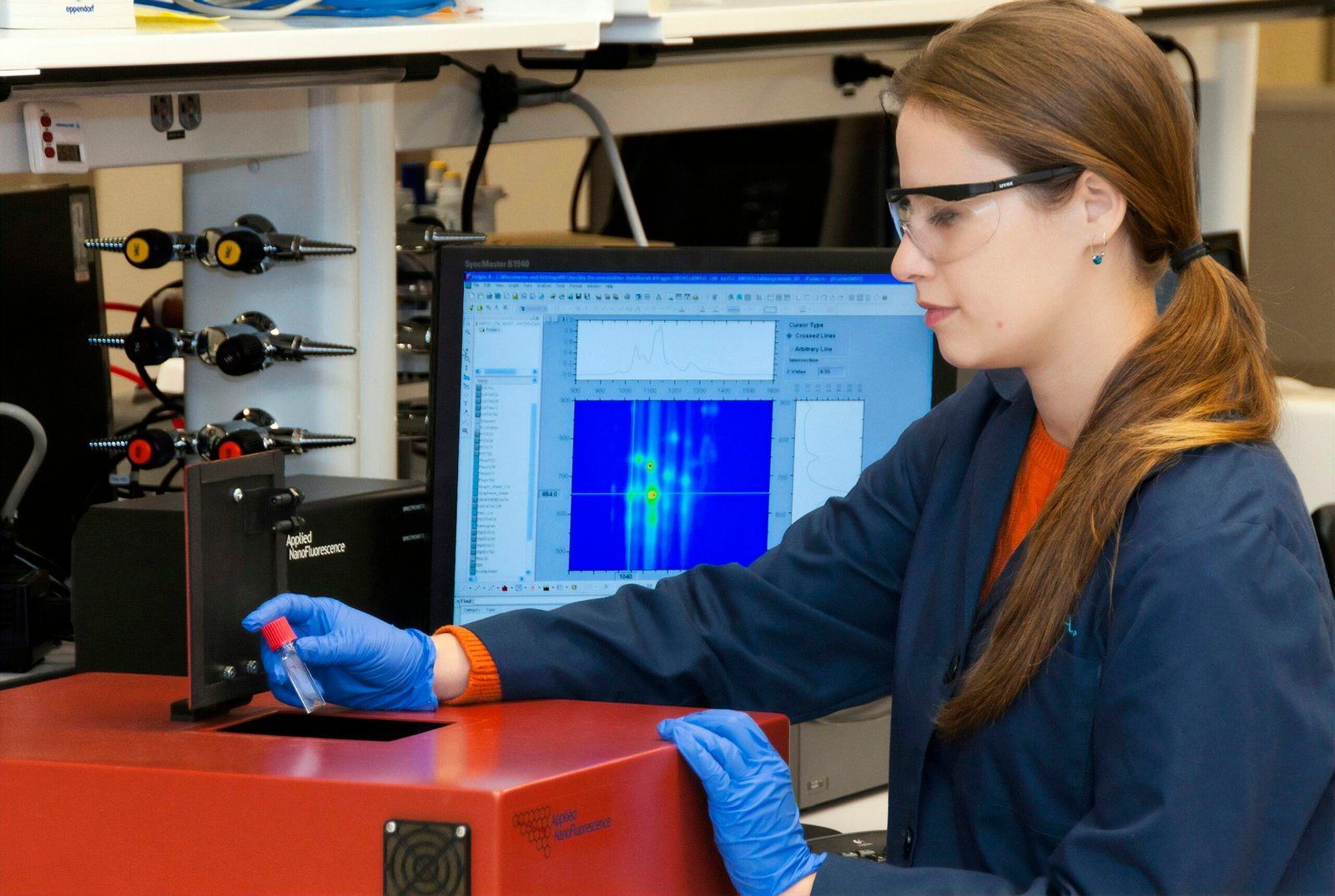Introduction to Sustainable Adhesives
Sustainable adhesives represent an innovative approach within the packaging sector, focusing on materials that minimize environmental impact. These adhesives differ significantly from traditional counterparts, which often contain harmful chemicals, solvents, and petroleum-based components. In stark contrast, sustainable adhesives are formulated using renewable resources and aim to achieve lower toxicity. This shift not only addresses environmental concerns but also contributes to the health and safety of consumers and workers alike.
The importance of sustainability within the adhesive industry cannot be overstated. As awareness regarding environmental issues intensifies, both manufacturers and consumers are increasingly favoring eco-friendly alternatives. The demand for sustainable adhesives has risen sharply, driven by consumer preferences for greener products and legislative measures aimed at reducing plastic waste. This growing trend reflects a broader commitment to corporate responsibility and sustainability goals across industries, fostering innovation in adhesive technology.
Concurrently, regulations are evolving, pushing companies to seek solutions that adhere to stricter environmental standards. Governments and regulatory bodies around the world are implementing policies that discourage the use of hazardous materials and incentivize the development of sustainable alternatives. As these regulations gain traction, it has become imperative for manufacturers to adapt, leading to substantial investment in research and development of sustainable adhesive technologies.
Furthermore, consumer awareness plays a pivotal role in this transition toward sustainable adhesives. With increasing information available about the detrimental effects of conventional adhesives on both human health and the environment, consumers are making more informed choices. This heightened understanding not only influences purchasing decisions but also pressures companies to incorporate sustainable practices into their operations, thereby driving the transformation of the adhesive market.
Types of Sustainable Adhesives
Sustainable adhesives play a crucial role in transforming packaging solutions across various industries. These adhesives can be broadly categorized into two main types: natural adhesives and bio-based adhesives. Natural adhesives are derived from organic materials such as starch, proteins, and natural resins. Derived from agricultural by-products, starch-based adhesives are biodegradable and exhibit strong bonding capabilities, making them ideal for paper and cardboard applications. Protein-based adhesives, sourced from animal or plant proteins, also offer excellent adhesion, particularly for porous materials. Their renewability and biodegradability significantly reduce their environmental impact.
On the other hand, bio-based adhesives are formulated from renewable resources, incorporating materials like vegetable oils, lignin, and cellulose. These adhesives are engineered to meet various performance standards while maintaining a lower environmental footprint. For instance, adhesives made from soy protein not only offer robust adhesion but also contribute to the circular economy by utilizing agricultural waste. Such bio-based formulations are increasingly being adopted in the food packaging sector, where safety and eco-friendliness are paramount.
Both types of sustainable adhesives exhibit notable characteristics that enhance their effectiveness in packaging applications. They deliver strong bond strength, flexibility, and water resistance, which are essential performance attributes in packaging materials. Moreover, the use of these adhesives aligns with the growing demand for eco-friendly products among consumers and industries alike. Their adaptability allows usage across a diverse range of applications, from food and beverage packaging to consumer goods and industrial products. By opting for sustainable adhesives, companies can not only reduce their environmental impact but also align their brand with sustainability initiatives, further fostering consumer trust and loyalty.
Benefits of Using Sustainable Adhesives in Packaging
The increasing awareness of environmental issues has prompted manufacturers to explore alternatives to traditional adhesives in packaging. Sustainable adhesives, derived from renewable resources and designed to minimize ecological impact, offer a multitude of benefits that align with both environmental goals and consumer expectations. One key advantage is their contribution to a reduced carbon footprint. By utilizing raw materials sourced from plants or recycled substrates, these adhesives help decrease dependence on fossil fuels, leading to lower greenhouse gas emissions throughout the product lifecycle.
Another significant benefit of sustainable adhesives is waste minimization. Traditional adhesives often contain harmful chemicals that complicate recycling processes and contribute to landfill waste. In contrast, sustainable options are frequently designed to be biodegradable or recyclable, thereby promoting a circular economy and reducing overall waste production. This not only helps the environment but can also serve as a strong selling point for brands aiming to resonate with eco-conscious consumers.
From an economic standpoint, the use of sustainable adhesives can lead to cost savings in the long run. While initial investment may be higher, the lifecycle costs are often lower due to reduced waste disposal fees and enhanced recyclability. Furthermore, companies adopting sustainable practices often benefit from improved brand reputation and consumer loyalty. An increasing number of consumers are favoring brands that demonstrate a commitment to sustainability, thus creating a competitive advantage in the marketplace.
Lastly, sustainable adhesives can enhance product safety and appeal. Many of these adhesives are formulated without harmful chemicals, making them safer for both the environment and consumers. This focus on safety can lead to more informed purchasing decisions, as consumers are becoming increasingly discerning in their choices. Therefore, the integration of sustainable adhesives not only revolutionizes packaging but also contributes positively to the environment, economy, and consumer safety.
Challenges and Future Trends in Sustainable Adhesives
The adoption of sustainable adhesives within the packaging industry encounters several challenges that must be addressed for broader implementation. One significant hurdle is the performance limitations of many bio-based adhesives compared to their traditional counterparts. While sustainable options may fulfill the necessary bonding strength in many applications, they often fall short in areas such as temperature and moisture resistance, which are critical for certain packaging environments. This can lead manufacturers to hesitate in transitioning to sustainable alternatives due to concerns about the reliability of their products.
Cost concerns also play a critical role in the slower adoption rate of sustainable adhesives. Typically, the production processes for these adhesives can be more expensive, driven by the cost of raw materials and research and development for new formulations. For companies heavily reliant on profit margins, the price differential can deter them from moving away from conventional adhesives, which may impact their competitiveness in the marketplace. However, as more companies strive to align with environmental regulations and consumer preferences for eco-friendly products, the economic viability of sustainable adhesives is expected to improve.
Looking ahead, several trends are emerging that could transform the landscape of sustainable adhesive use in packaging. Innovations in adhesive technology aim to enhance performance characteristics without compromising sustainability. Researchers are exploring new polymer formulations and composite materials that maintain high bonding strengths, making them more attractive to manufacturers. Additionally, the push for a circular economy will encourage the development of adhesives that are not only biodegradable but also recyclable, contributing to a closed-loop system in packaging.
Regulatory pressures are likely to increase as governments worldwide prioritize sustainability initiatives, compelling industries to adopt these materials. Likewise, consumer behavior trends increasingly favor brands that demonstrate environmental responsibility, further driving the demand for sustainable options. Hence, as these challenges are addressed and positive trends arise, the future of sustainable adhesives in packaging looks promising.









